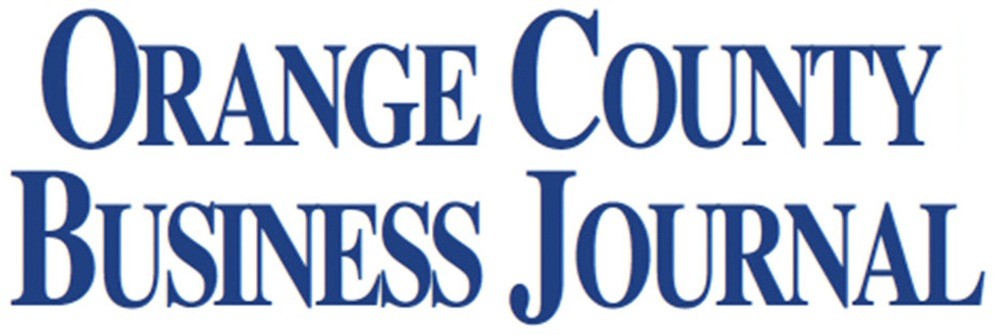Founded 1999 … now $3B AUM, 20K clients, 200+ workers in 10 offices … clients $200K+ in assets … baseball player, Vanguard U, 1980s … hires athletes: ‘discipline’ … president, booster club, Pacifica Christian H.S. (see David Bahnsen) … on Trilogy softball team with father, son … plays bridge … supports Anaheim Ducks (see Tim Ryan) … first car: 1975 Chevy Malibu
Click here to read the full story.


